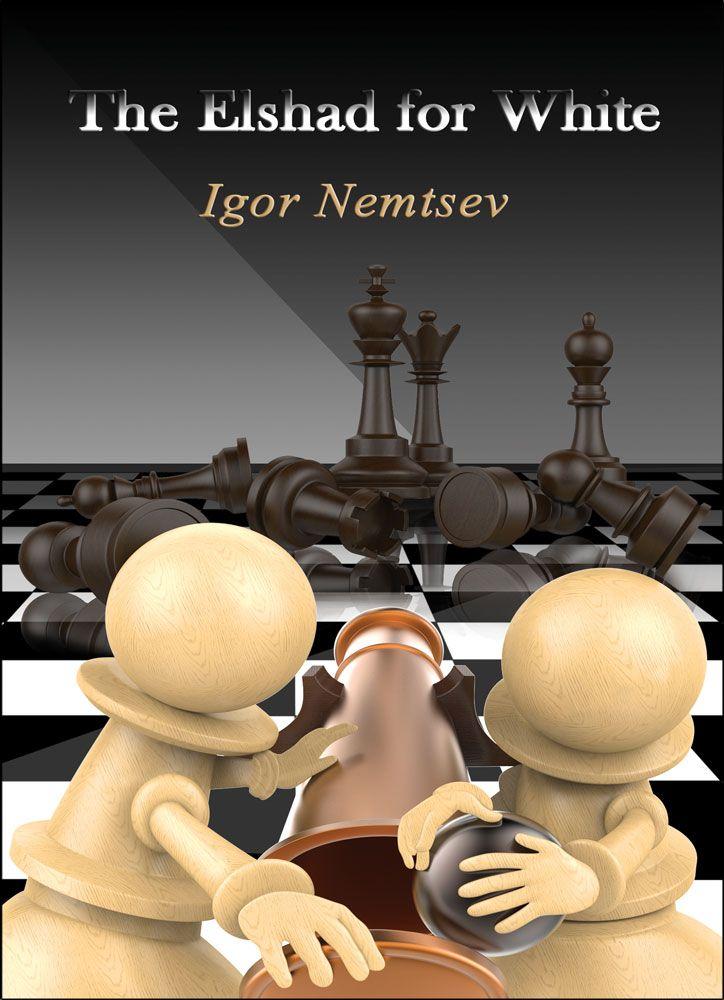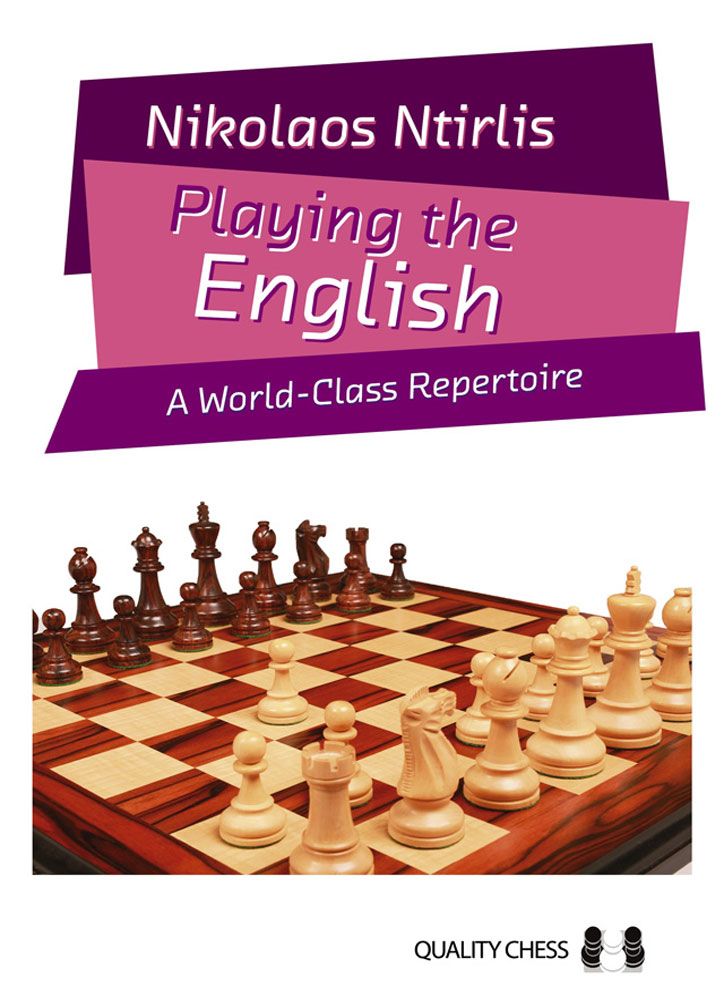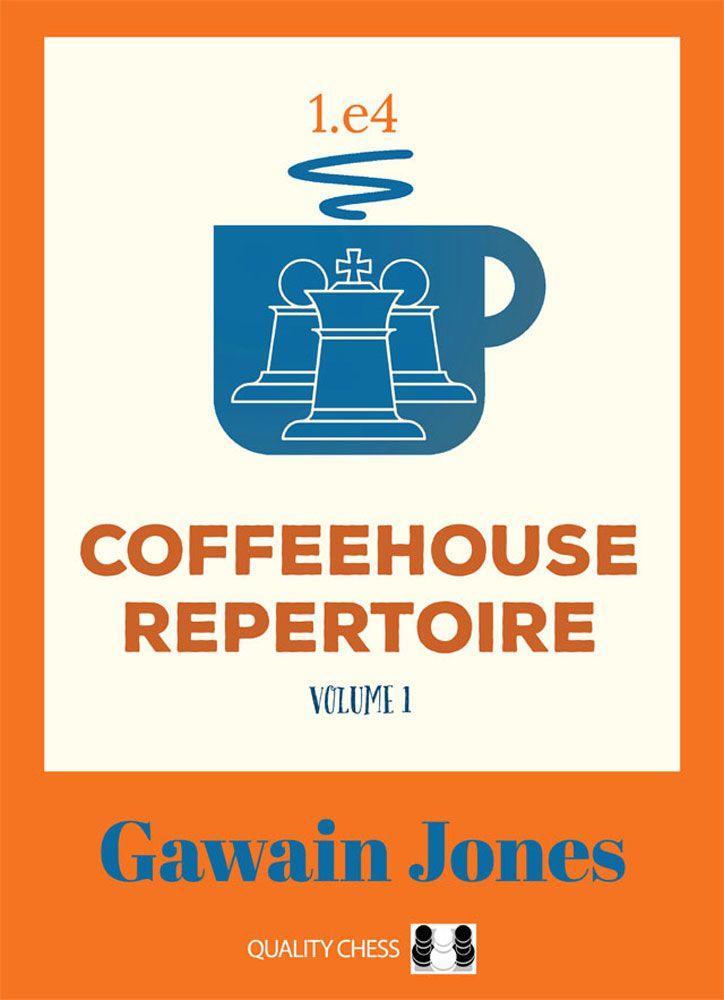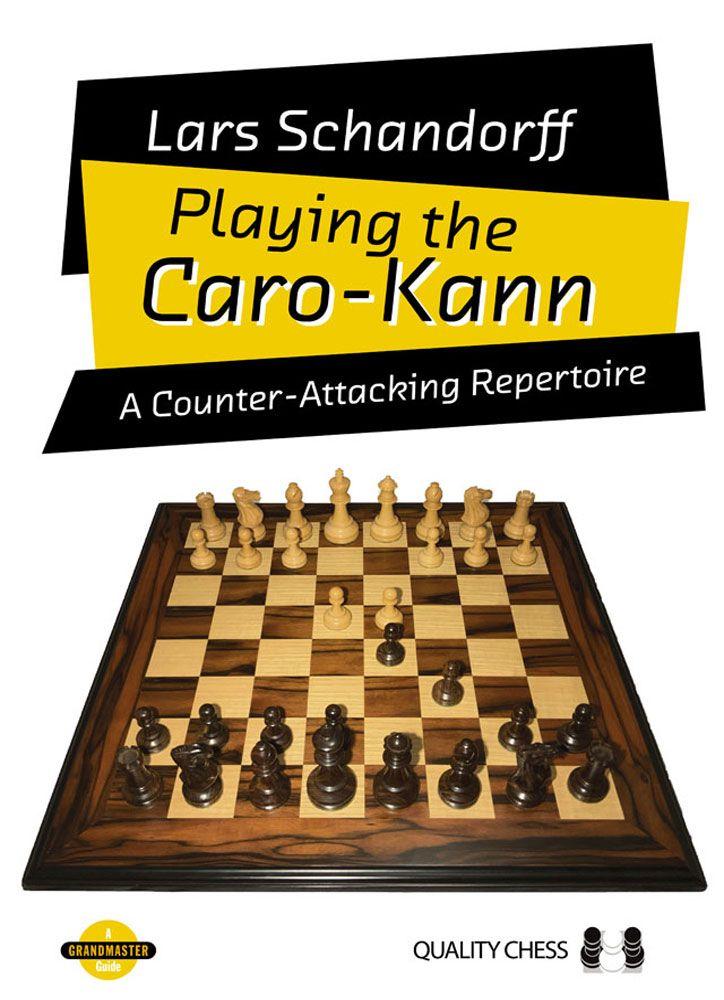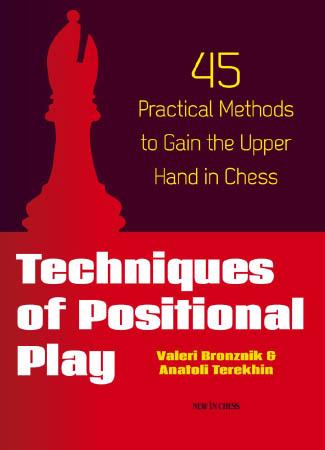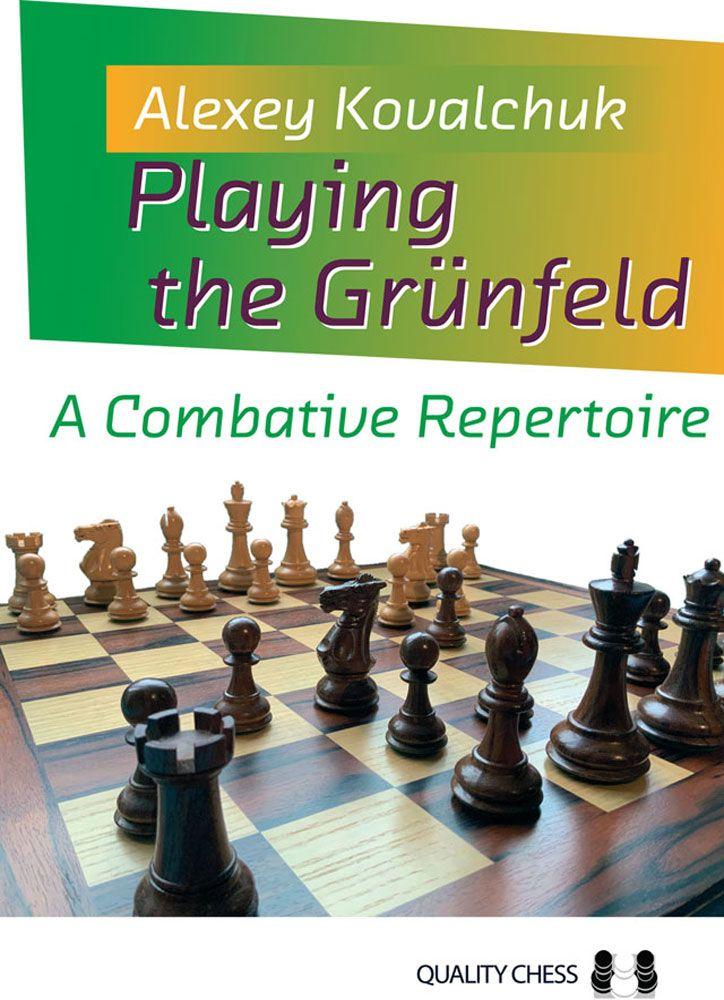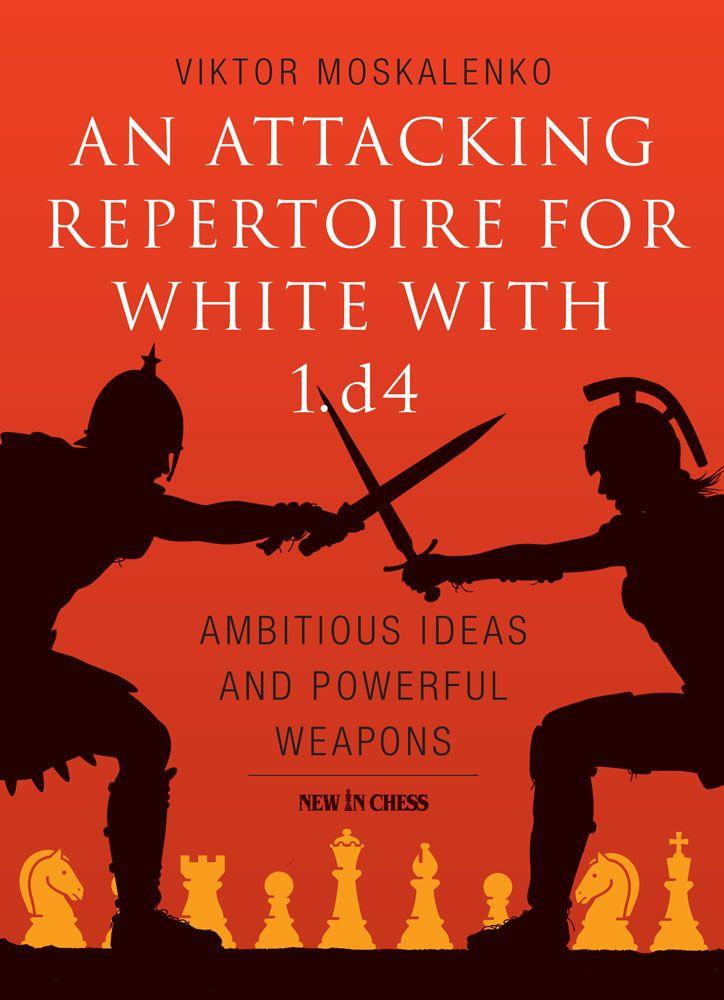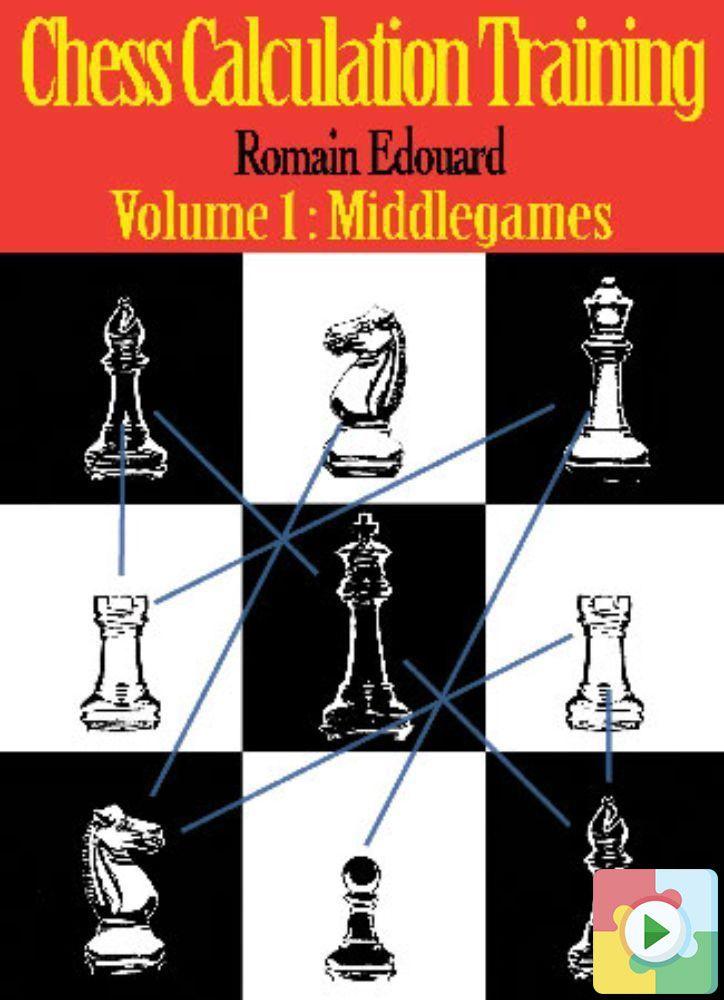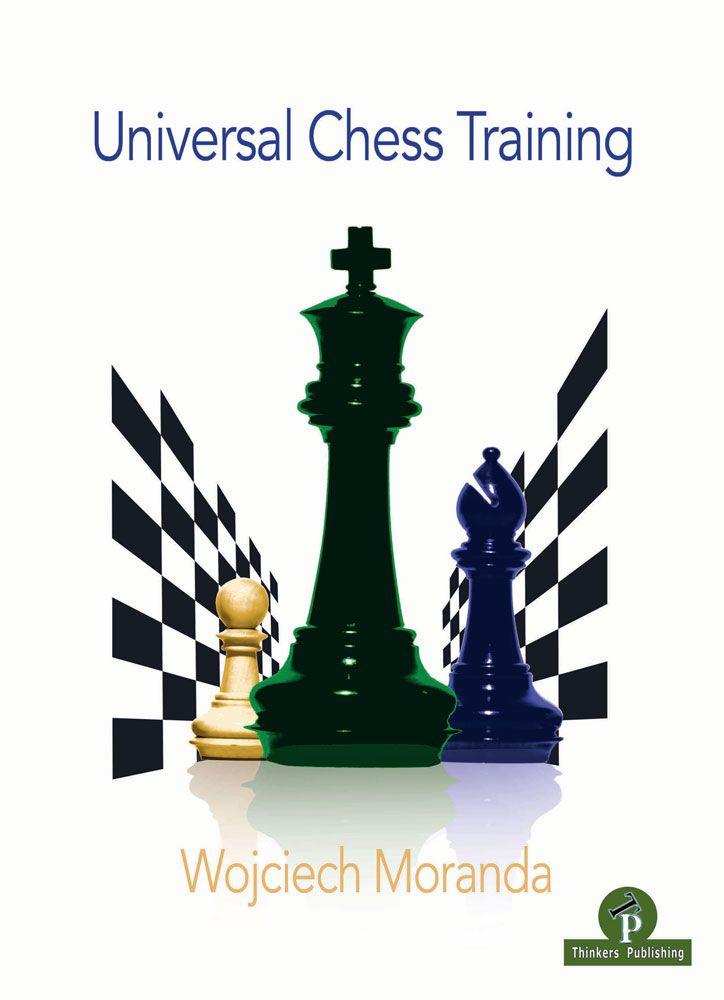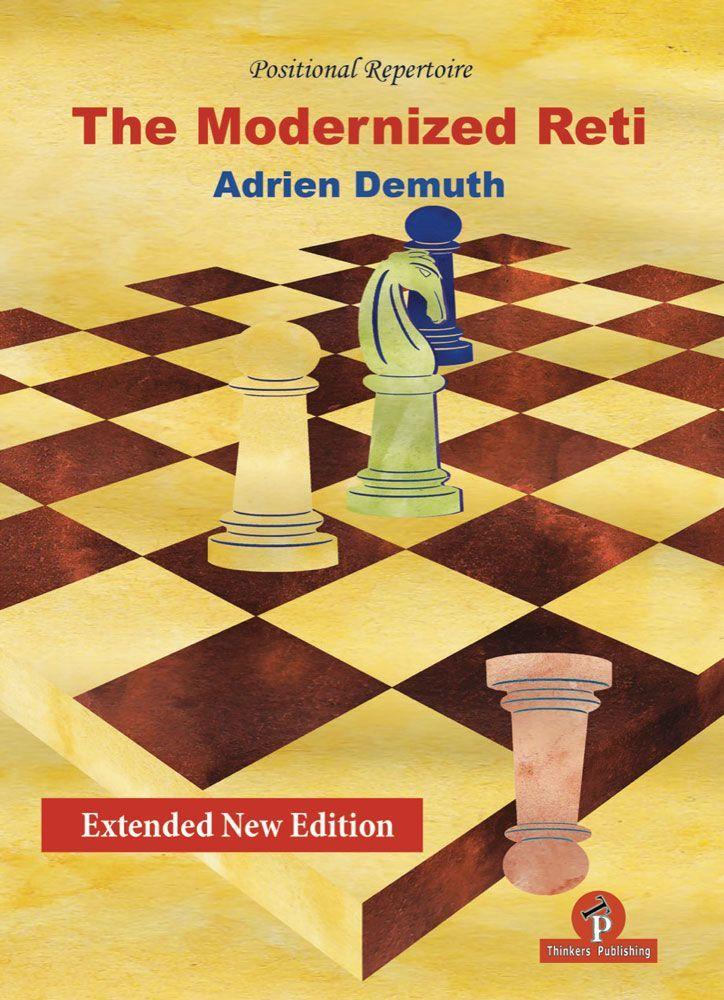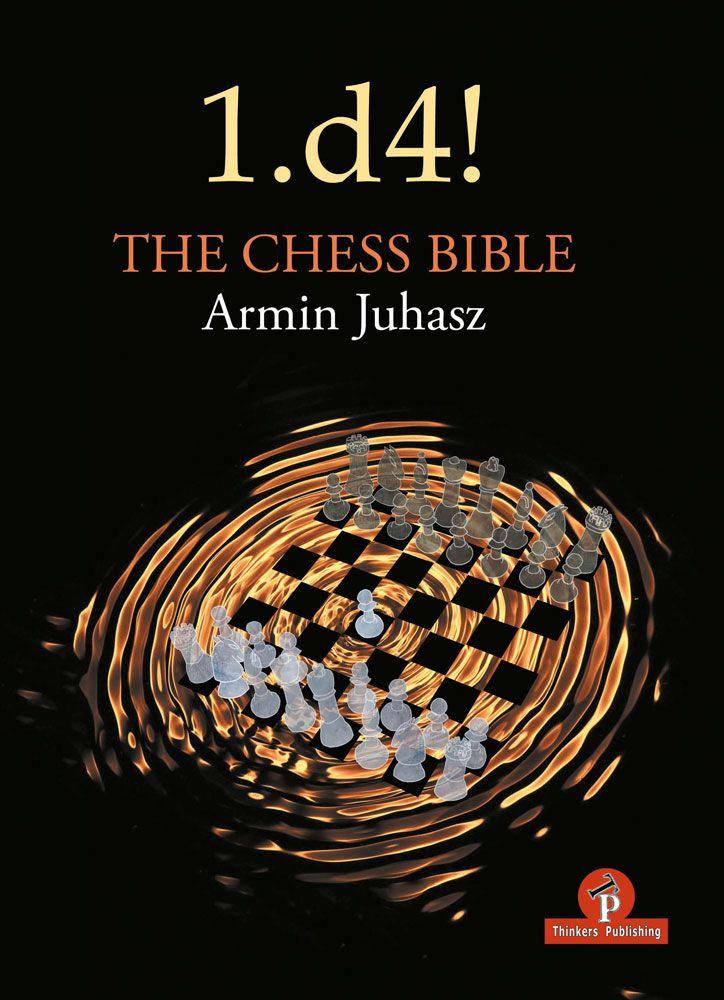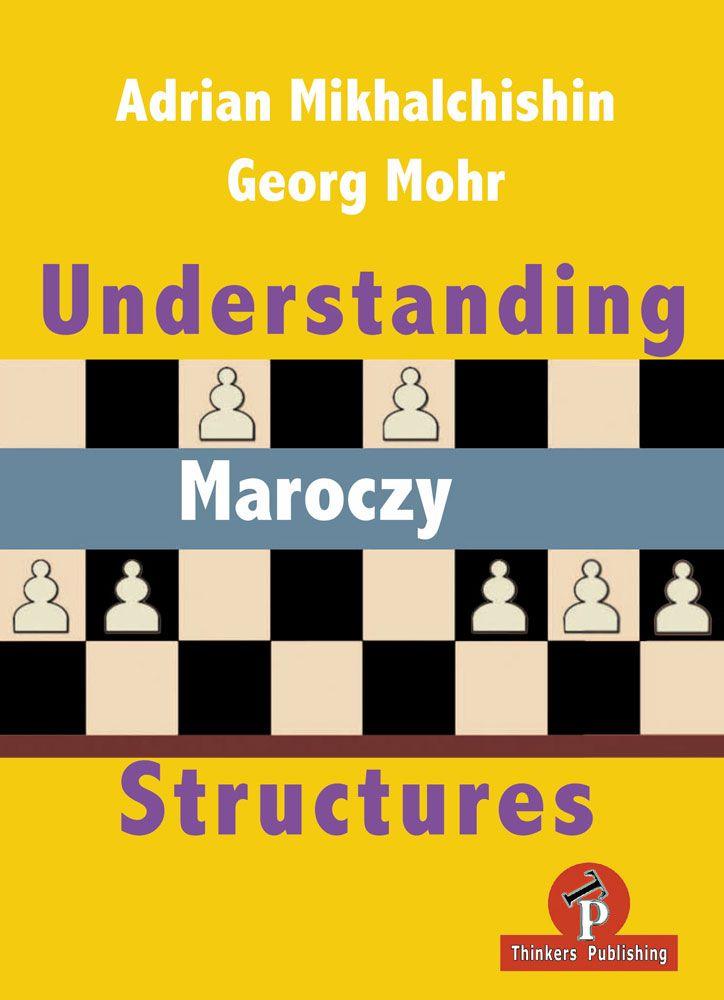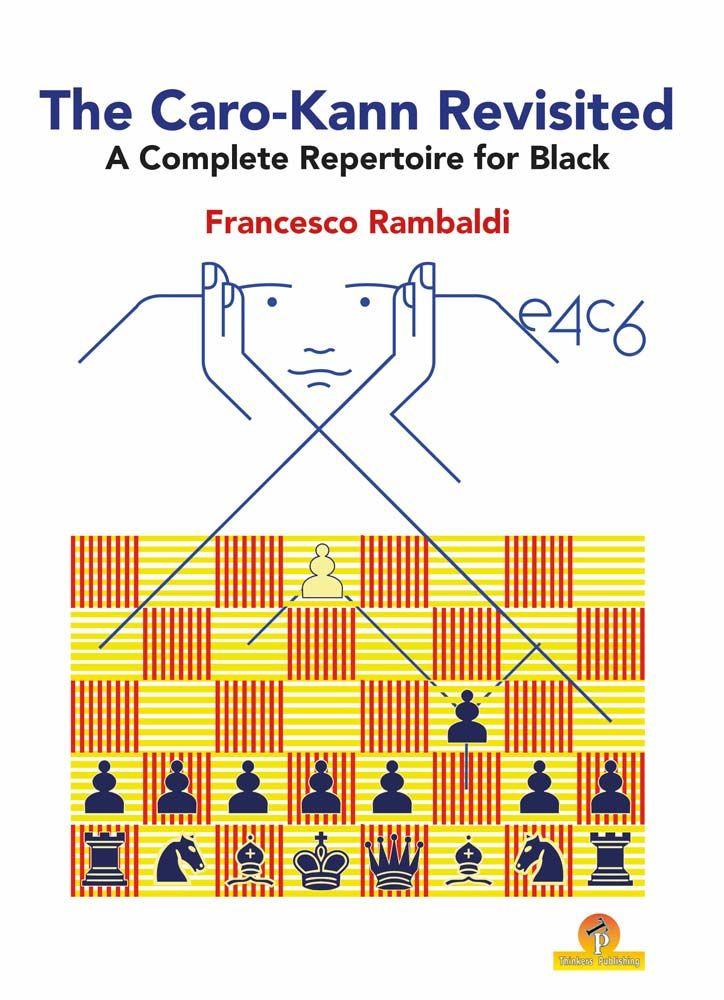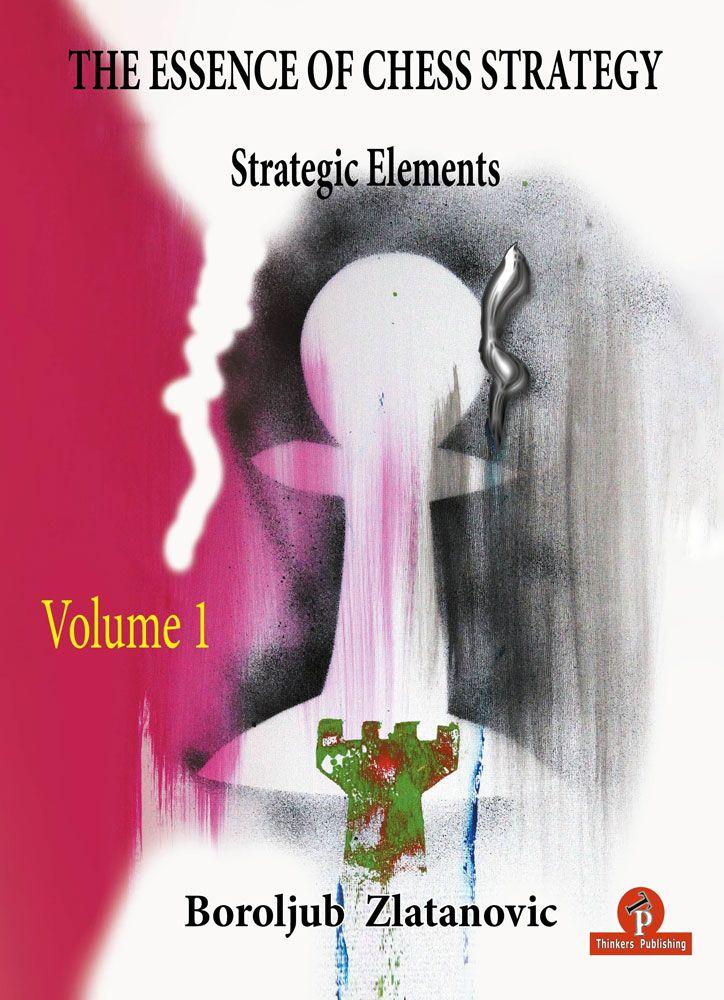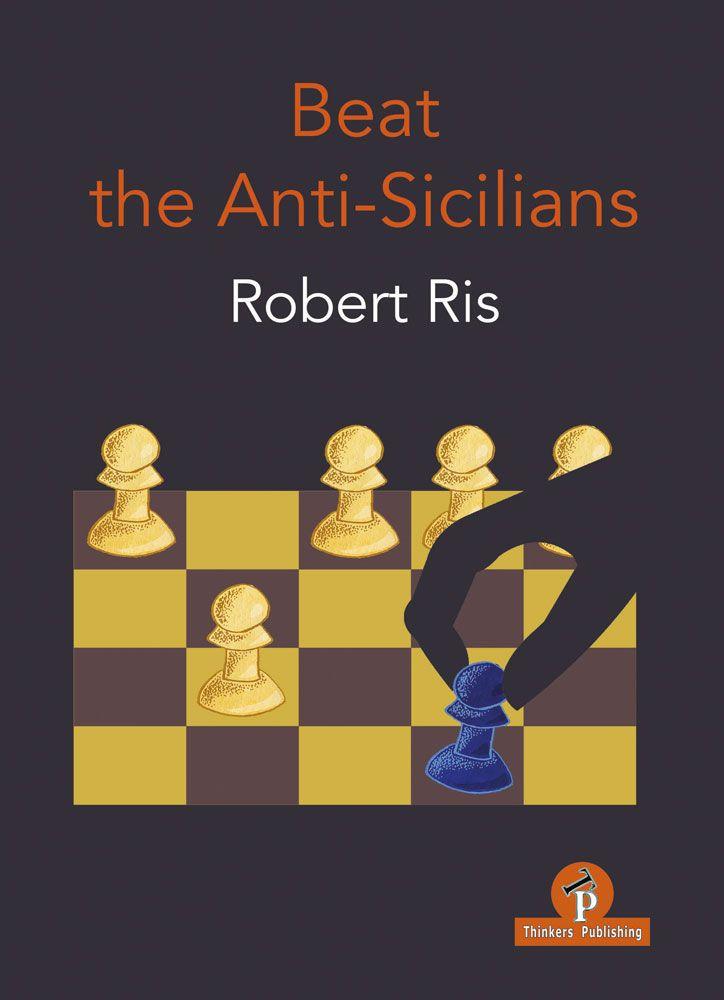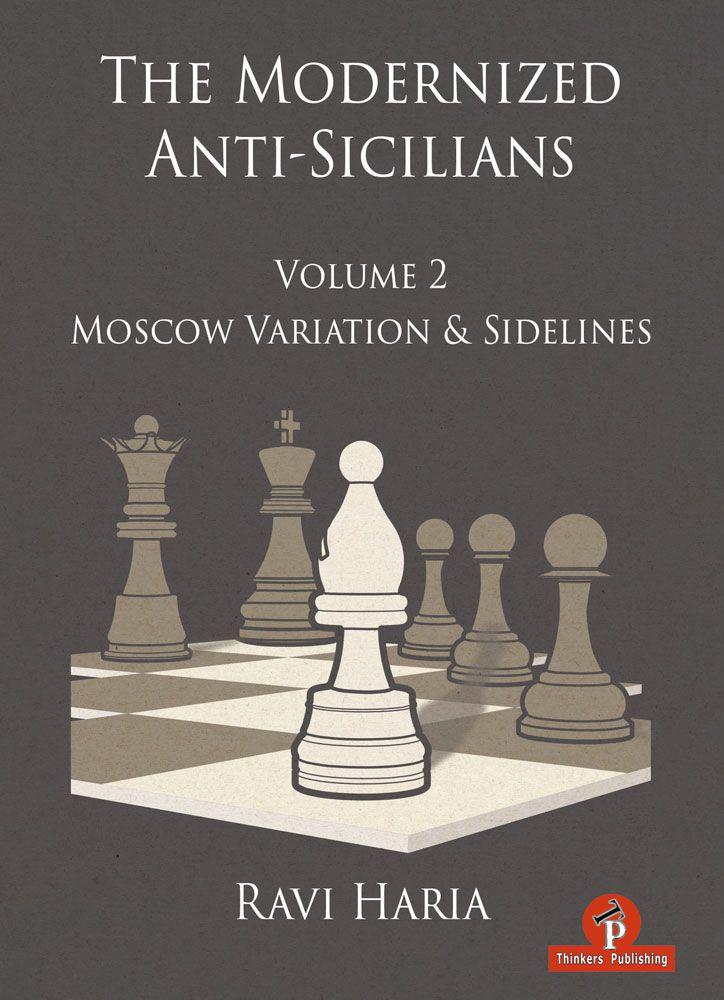
The Modernized Anti-Sicilians, Volume 2
This second and final volume of my Anti-Sicilian series covers our approach for all alternatives to 2...Nc6. The choice against 2...d6 was obvious. The Moscow variation is the only critical alternative to 3.d4 that has caused any concerns for Black – by developing with a tempo, we force Black to make an immediate decision on move 3 and wait for the right moment to open the position.
Whilst in the Rossolimo book I tried to achieve an objective advantage against every line, my choices in the Moscow were mainly selected by their ability to create practical difficulties for the opponent. Naturally, it is not possible to find an advantage in every variation but I have ensured to add many detailed explanations to guide plans and aid understanding in the various positions we’ll encounter.
Against 3...Nd7, I analyse two distinct options – either castling immediately with the aim of breaking in the centre with c2-c3 and d2-d4, or first playing 4.a4 and denying Black their typical counterplay on the queenside. Against the solid 3...Bd7, I offer two choices of achieving central control. 5.c4 aims for a more positional Maroczy structure, whereas the alternative 5.0-0 transforms the position into a French advanced-type structure, where we develop interesting chances on the kingside. We already discussed 3...Nc6 in the first volume from the move order 2...Nc6 3.Bb5 d6, but I’ve analysed a second option – 6.h3 instead of 6.c3. The point is to limit Black’s piece activity by suppressing the scope of the c8-bishop.
It was a bit harder to choose between 3.c3 or 3.g3 against 2...e6 – so I analysed both! The former transposes to an Alapin where my recommendations generally revolve around generating an attack against Black’s king – this is even attempted in the more ‘positional’ lines after 3...d5 4.exd5 Qxd5. The latter aims for a slower build-up before striking in the centre with d2-d4. Particular attention is given to Black’s attempts to generate immediate activity with a ...d7-d5 push, and I think my analysis here makes Black’s path to equality extremely narrow.
Finally, I thought it was important to also consider the less popular second moves (2...g6, 2...a6, and 2...Nf6). In particular, I examined both 3.c3 and 3.c4 against 2...g6. The latter transposes to an Accelerated Dragon, which I can justify including in an Anti-Sicilian book as I believe it’s correct to enter an ‘Open-Sicilian’ type position if it benefits us. This approach has been emphasised across both volumes and it is made especially clear in the chapter against 2...g6.
